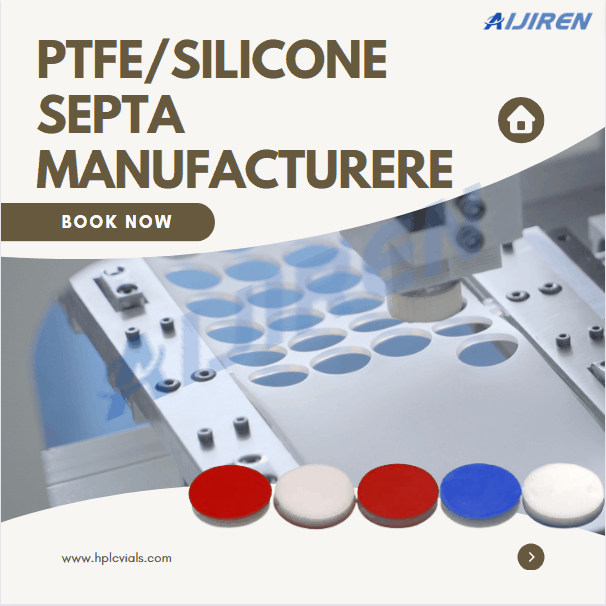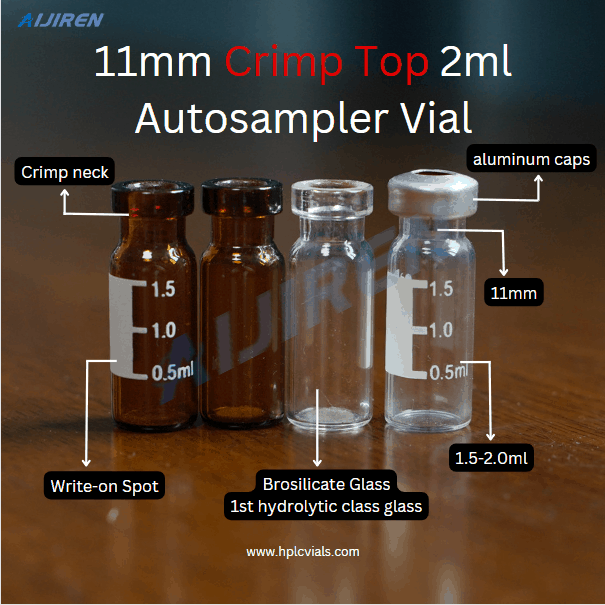Chromatographic separation principles(Ⅱ)
⭐ The third type, ion exchange chromatography
Buffers are commonly used as mobile phases in ion exchange chromatography. The retention time of the separated components in the ion exchange column is not only related to the strength of the interaction between the component ions and the ion exchange groups on the resin but it is also affected by the pH value and ionic strength of the mobile phase.
pH changes the degree of dissociation of a compound, thereby affecting its interaction with the stationary phase. In fact, if the salt concentration of the mobile phase is high, the ionic strength will be high, which is not only detrimental to the dissociation of the sample, but will even cause the sample to flow out at a faster speed, making it impossible to achieve the separation effect.
Ion exchange chromatography is generally used to analyze organic acids, amino acids, peptides, and nucleic acids.
⭐ The fourth type, ion pair chromatography
Ion pair chromatography, also known as coupled ion chromatography, is a branch of liquid-liquid chromatography.
It is when the ions of the tested component form neutral ionic compounds with the ions of the ion pair reagent, the solubility in the non-polar stationary phase increases, thereby improving the separation effect.
This method is mainly used to separate acid and alkali substances with high ionic strength.
The commonly used chromatographic column for ion pair chromatography is the ODS column (i.e. C18). The mobile phase is a combination of methanol-water or acetonitrile-water.
The retention time of the measured component is related to the ion pair properties, concentration, mobile phase composition, pH value, and ionic strength.
⭐ The fifth method, exclusion chromatography
Exclusion chromatography uses molecular sieves to separate the components to be separated based on the differences in the exclusion capabilities of each component.
The principle of this separation method is that compounds with small molecular weights can enter the pores and have a long residence time; while compounds with large molecular weights cannot enter the pores and flow out directly with the mobile phase.
Exclusion chromatography is often used to separate high molecular compounds, such as tissue extracts, peptides, proteins, and nucleic acids.
Back to List
-
 下午4:09Weighing the Pros and Cons of PTFE/Silicone Septa
下午4:09Weighing the Pros and Cons of PTFE/Silicone Septa -
 下午4:05Decoding Vial Discard Guidelines: Ensuring Precision in Chromatography
下午4:05Decoding Vial Discard Guidelines: Ensuring Precision in Chromatography -
 下午5:01Navigating Micro Inserts for HPLC Vials: A Comprehensive Guide
下午5:01Navigating Micro Inserts for HPLC Vials: A Comprehensive Guide -
.jpg) 下午2:02Common faults and solutions of automatic samplers(2)
下午2:02Common faults and solutions of automatic samplers(2) -
 下午5:08Ensuring Sample Integrity: Navigating EPA Storage Vials Stability Guidelines
下午5:08Ensuring Sample Integrity: Navigating EPA Storage Vials Stability Guidelines

